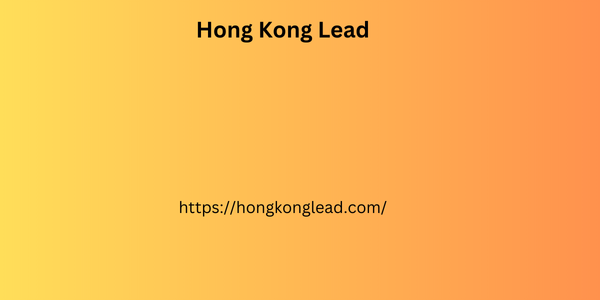In the ever-evolving world of international communication, encountering an unfamiliar country code can be a head-scratcher. The enigmatic “96” code falls into The Curious Case of the this category, sparking confusion for travelers and business professionals alike. This comprehensive guide delves into the intriguing past and present of the 96 country code, separating fact from fiction and empowering you to make informed decisions for your international calls.
96: A Code Shrouded in Mystery
The story of the 96 country code is one of historical shifts and telecommunication restructuring. Originally, the International Telecommunication Union (ITU), the governing body for international dialing codes, assigned the 96 code to a specific country. However, due to a series of historical events and the evolving needs of global communication, the landscape has changed.
A Glimpse into the Past:
- Tracing back, several countries, including Somalia, Yemen, and parts of the former Yugoslavia, utilized the 96 code at different points in history.
- Political and geographic changes, such as the unification of North and South Yemen, necessitated the reallocation of country codes.
The Current Status of 96: Not a Functional Country Code
As of today, the 96 code is no longer designated as an active country code by the ITU. This means you cannot directly dial a phone number in any country using only the 96 prefix.
What Does This Mean for International Calls?
- Encountering a phone number beginning For example you have with 96 might indicate outdated information or an error.
- If you come across such a number, it’s advisable to double-check the source or seek a corrected phone number.
Alternatives for Seamless International Communication: Beyond the Illusive 96
Don’t fret if you encounter a number with the 96 prefix. Here are reliable methods for international communication that ensure successful connections:
- Embrace the Power of Country Codes: The most common and effective way to connect internationally is by using the designated country code for the nation you’re trying to reach. For instance, the country code for Canada is +1, and for India, it’s +91.
- Online Directories: Utilize online resources like International Telephone Area Codes to find the relevant country code for your destination.
Modern Communication Channels:
- Messaging Apps: Leverage internet-based messaging applications like WhatsApp or Viber for cost-effective communication, especially for text messages and video calls. These apps often offer free or low-cost calling options when connected to Wi-Fi.
- Calling Apps: Explore calling apps like Skype or Google Duo that provide international calling features at competitive rates.
A Final Word: Staying Informed for Seamless Connections
The world of international communication Photopea: A near-perfect online clone of the popular Photoshop is dynamic. While the 96 code might not be an active player today, staying informed about current country codes and exploring alternative communication methods ensures you’re well-equipped to navigate global connections with confidence. So, the next time you encounter an unfamiliar code, remember, a little research goes a long way in ensuring a smooth and successful international call!





